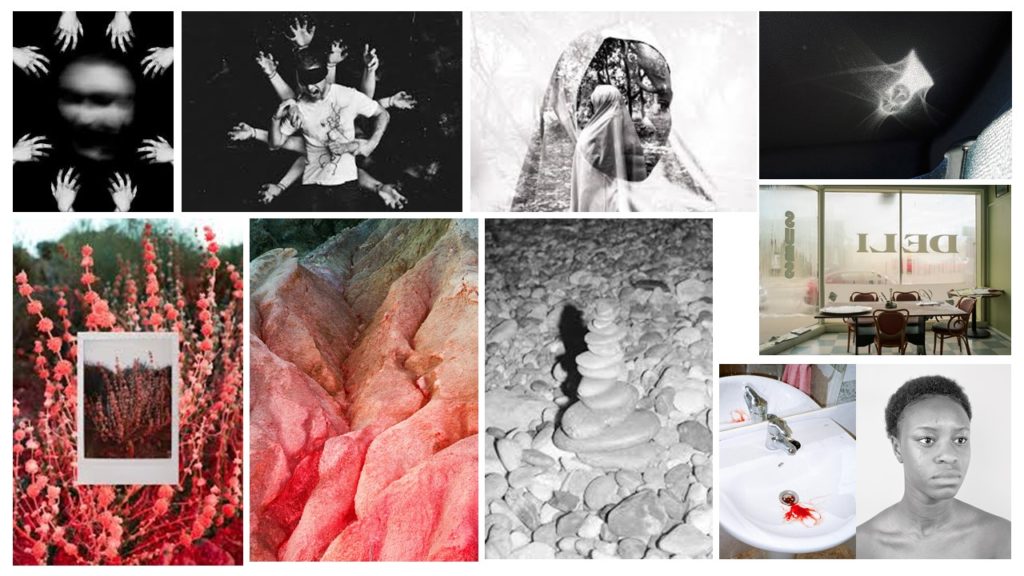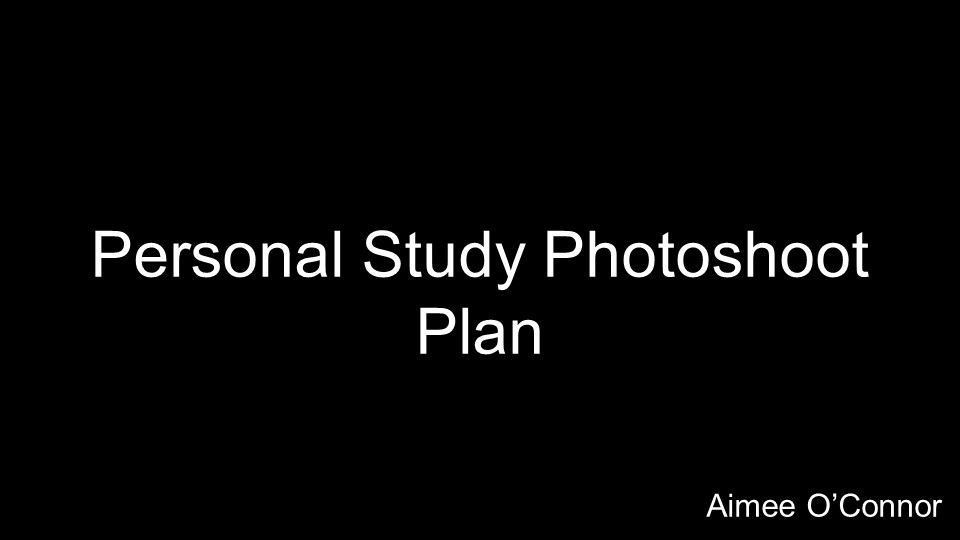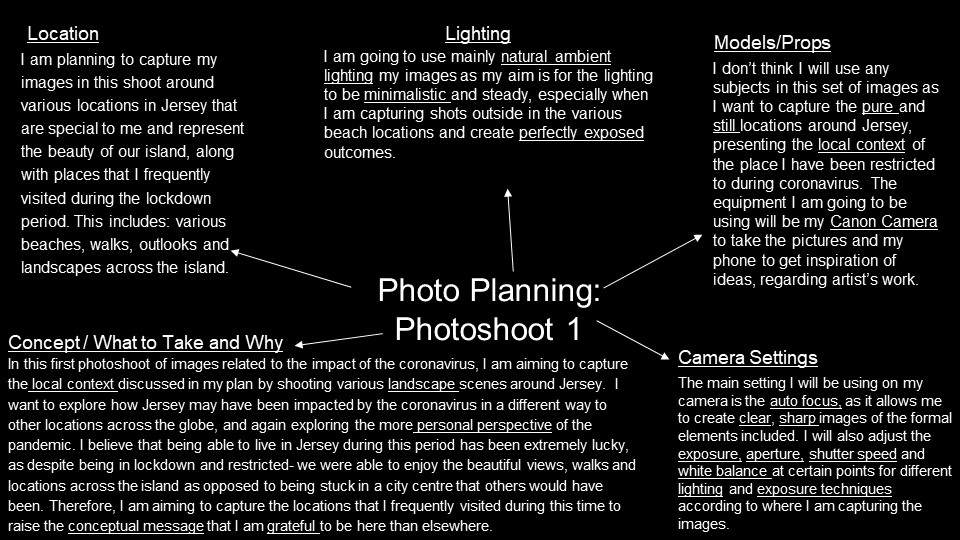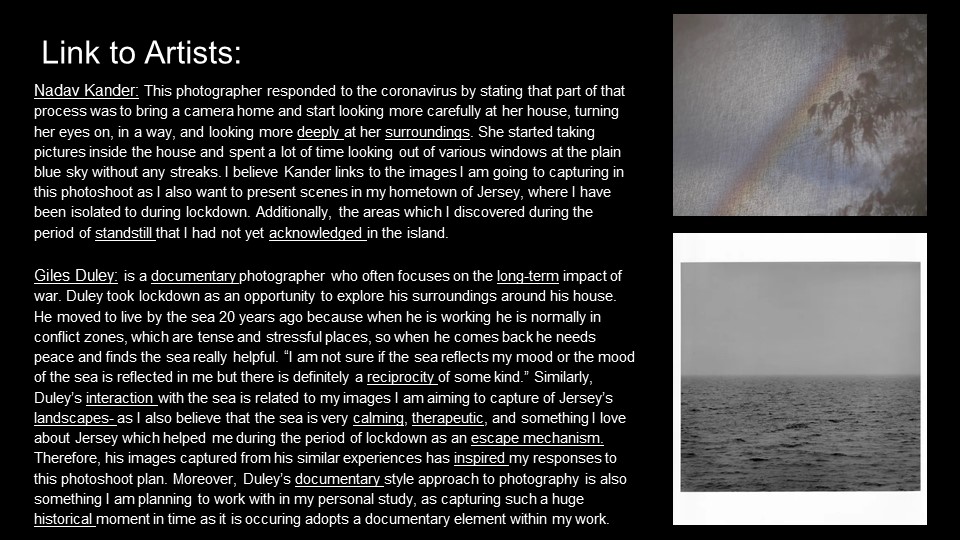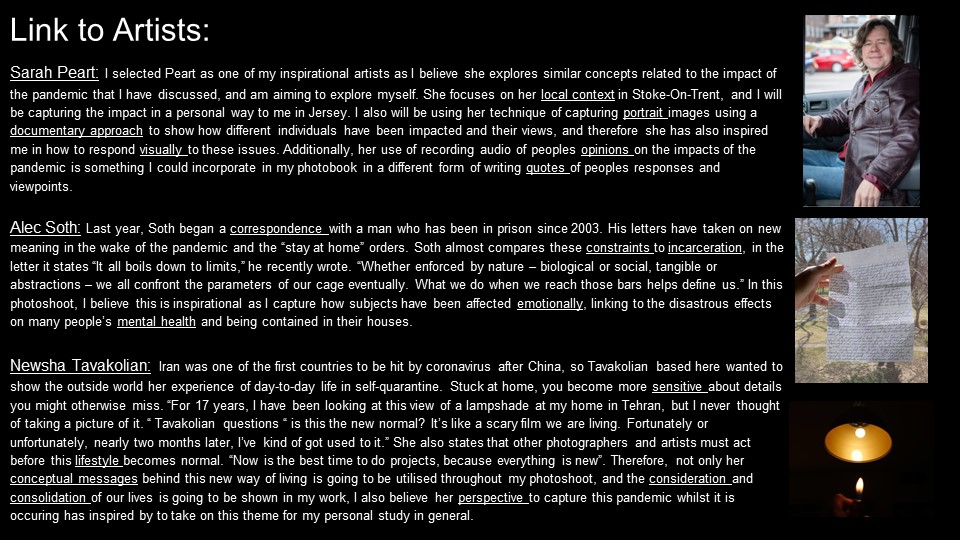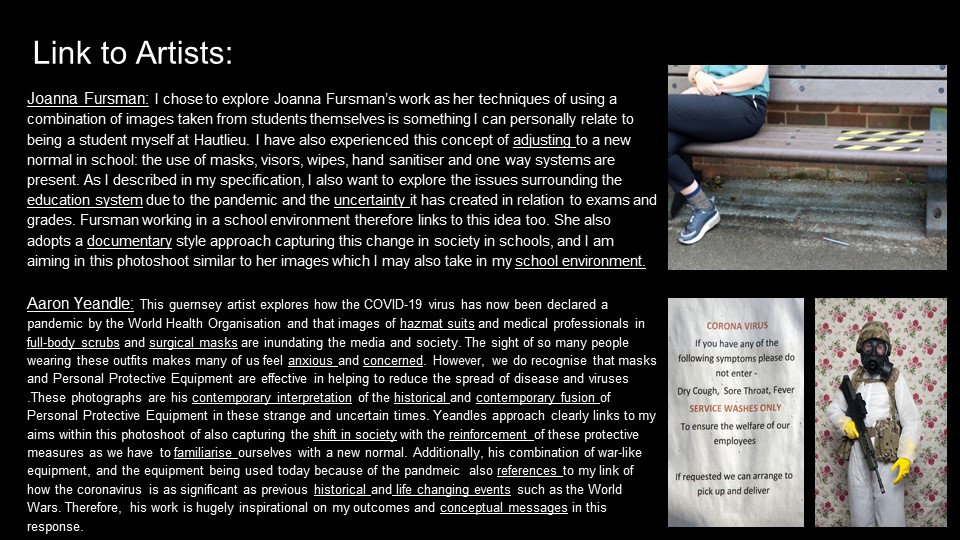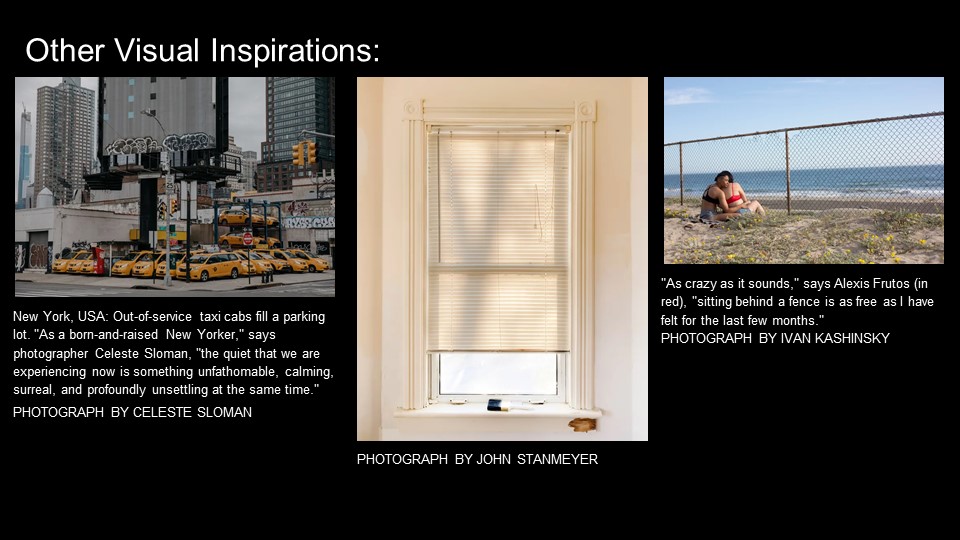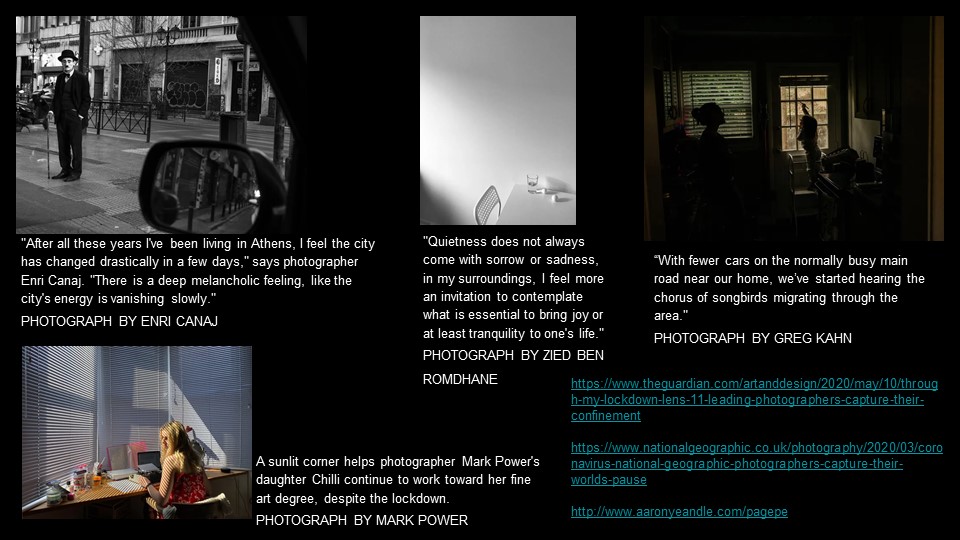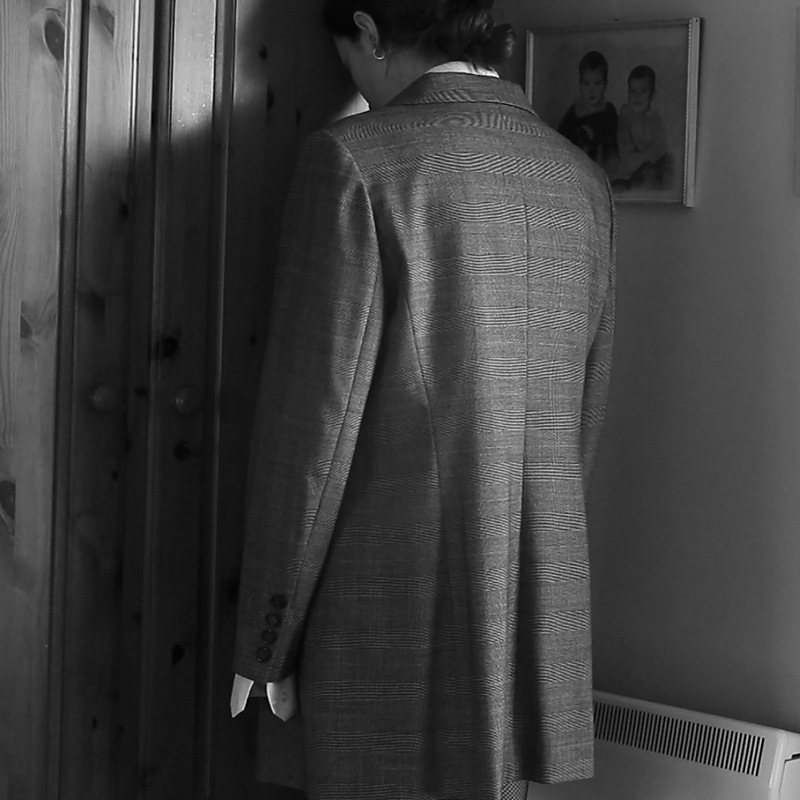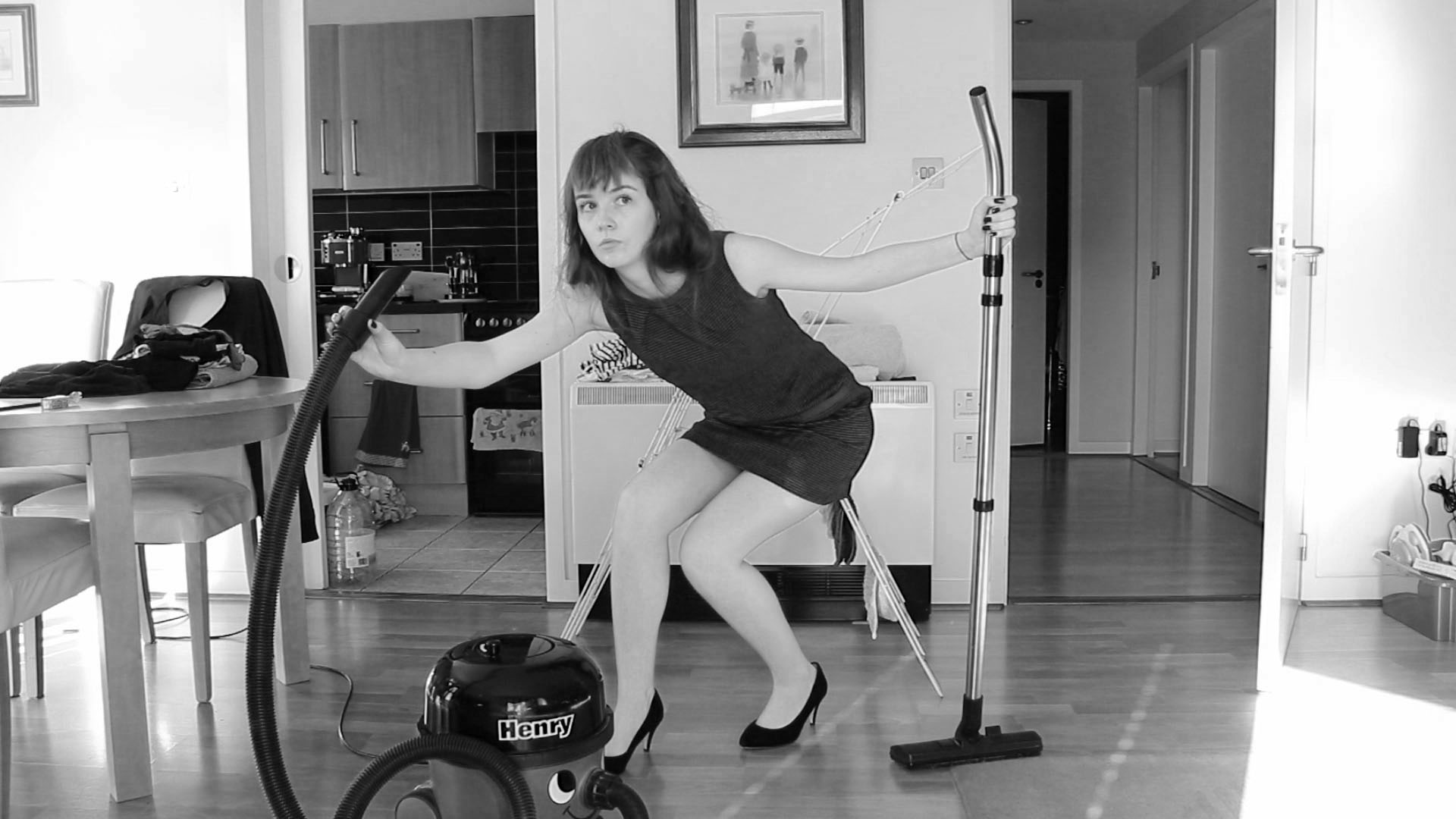From your Personal Investigation based on LOVE & REBELLION write an overview of what you learned and how you intend to develop your Personal Study.
1. Describe which themes, medium (photography, film), approaches (documentary, tableaux, conceptual), artists, skills and photographic processes/ techniques inspired you the most and why. –
Themes –
The key theme that inspired most for my work would be ideas surrounding the binary opposition of stereotypes between male and female. Although the gender norms held against men and women are quite different, they still exist and effect both genders which is often ignored by the media. Therefore, in my film I aimed to expose some of these norms by using speeches that cover some of the struggles men may encounter versus some of the struggles women may encounter. I believe that ideas surrounding gender stereotypes can be linked into the theme of ‘Love & Rebellion’ as although more recently ideas on gender have become a lot more diverse, open and fluid there are still many negative stereotypes that have continued as well as emerged as a result of an ever-changing society and increasing use and dependence on technology.
Another theme that I focused on for the topic of ‘Love & Rebellion’ is Images of people who I love/ are close to me, incorporating the theme of rebellion by using the juxtaposition between candid and environmental images of the same subjects. This project allowed me to represent the opposition of love and rebellion in a subtle way, using the people who I loved however the rebellion between their fragmented identities as when placed in a more formal environment such as a workplace, many people change their persona and identity in order to suit the surrounding atmosphere, which is evident through the contradiction between the two images.
Medium –
Through the use of the medium of ‘film’, I was able to express these struggles and themes clearly as it allowed me to incorporate visual as well as audio messages. I think that this medium allowed me to further develop ideas surrounding gender stereotypes as I was able to input and adjust the audio first, which allowed me to form the foundations of a narrative for my film as well as plan possible shoots to compliment what was being said.
For my first project surrounding the theme of ‘Love & Rebellion’, I used the medium of still images. This allowed me to capture real emotions in one frame, from that exact moment and use this to contrast to other emotions that the same person has been through or felt.
Although by creating a film I was able to develop my ideas, I believe that a printed form of still images may better represent ideas that I wish to convey. Through the use of still images or even screenshots from a moving image, the audience is able to create their own ideas in relation to the image based upon their own beliefs, rather than being influenced by an audio.
Approaches –
In terms of approaches, for my film I primarily used a documentary approach as the use of a slightly more formal style may allow my key ideas to be conveyed clearly.
For my still images, many of which being candid, I did try to attempt a more tableaux approach in order to achieve more dramatic outcomes, primarily by using shadows and contrasts.
Tableaux Definition – noun, plural tab·leaux [ta-blohz, tab-lohz], tab·leaus. a picture, as of a scene. a picturesque grouping of persons or objects; a striking scene. a representation of a picture, statue, scene, etc., by one or more persons suitably costumed and posed.
Artists for film –
Below are the artists that influenced my ideas and outcome –
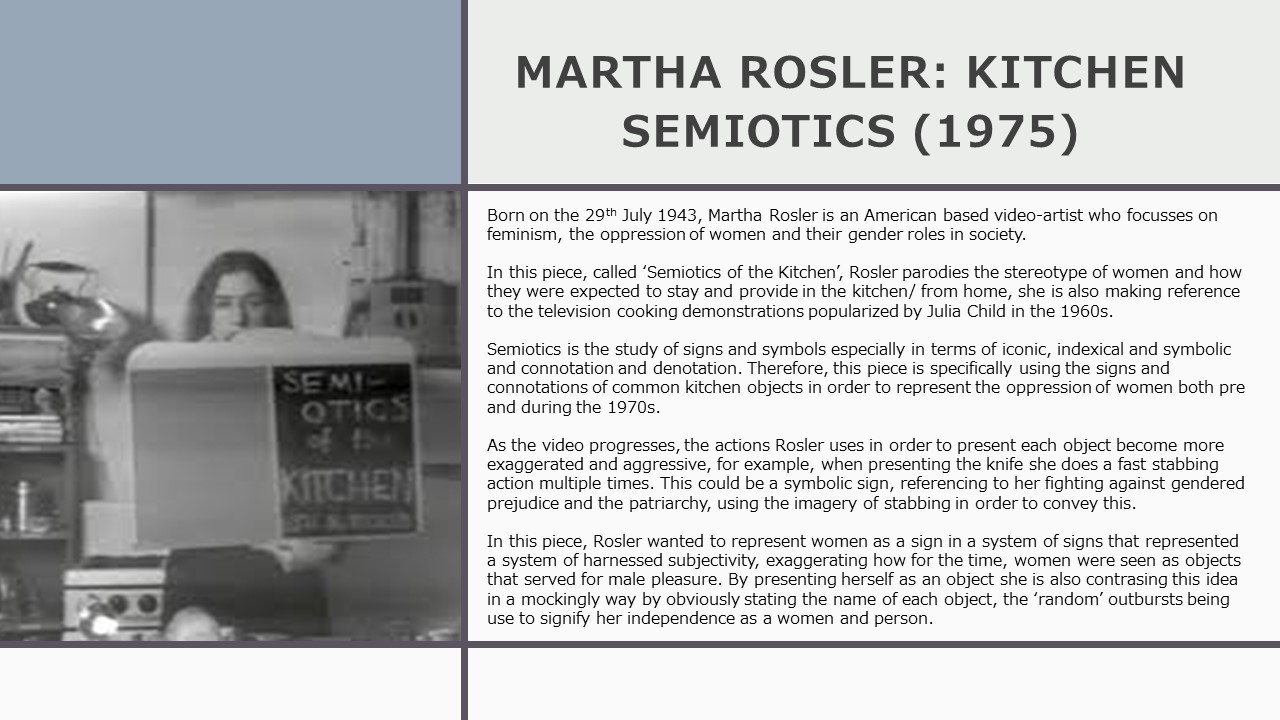
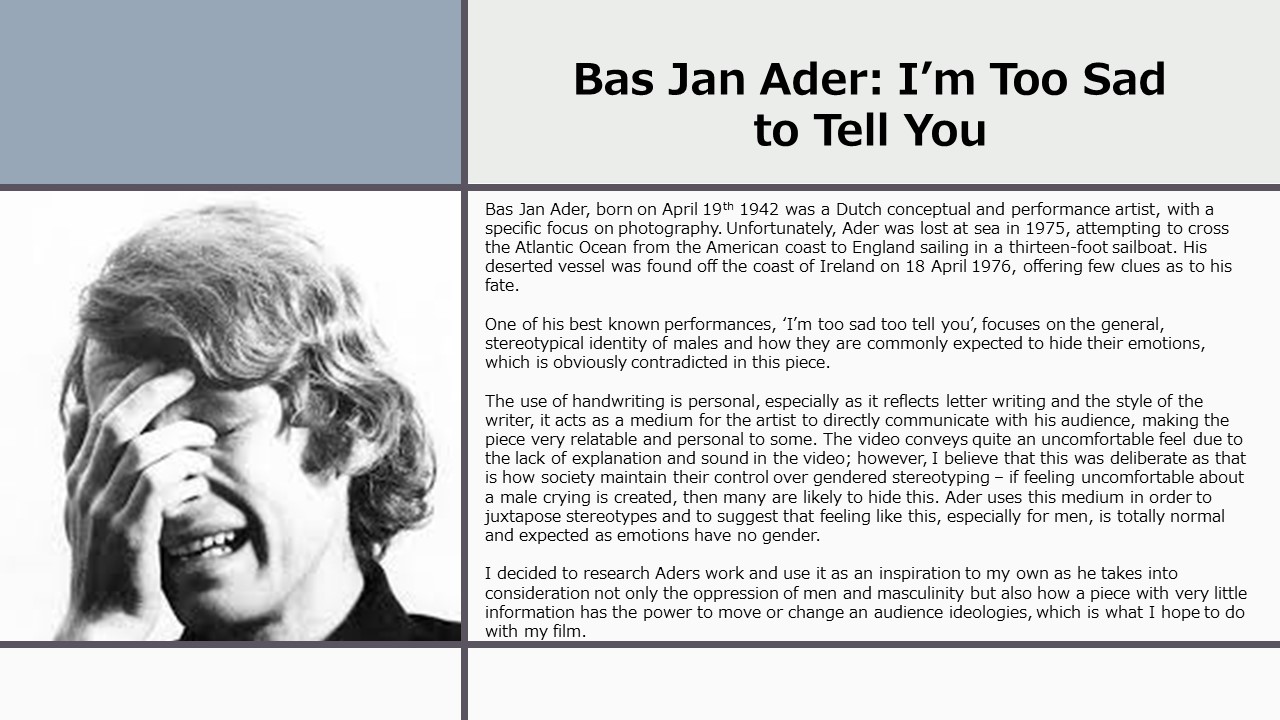
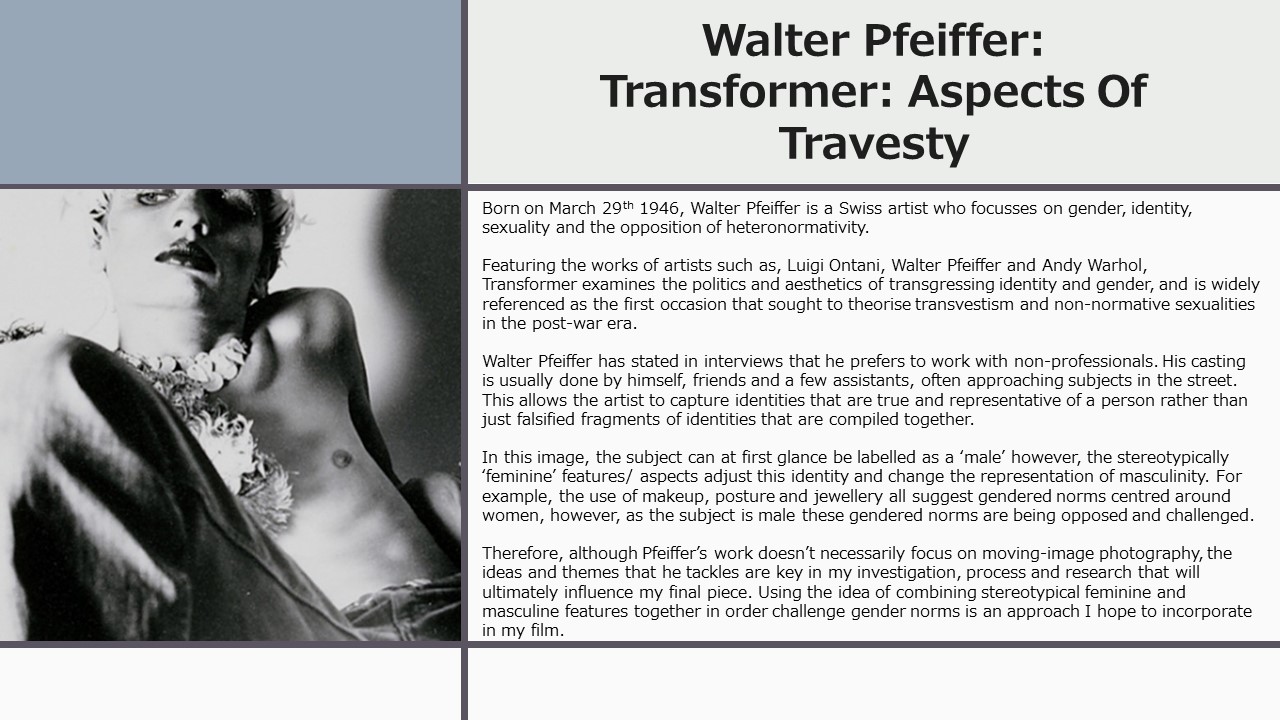
I also used and researched ideas on gender suggested by theorists such as –
- Laura Mulvey
- Judith Butler
- David Gauntlett
Artists for Still image –
Below are the artists that influenced my ideas and outcome –
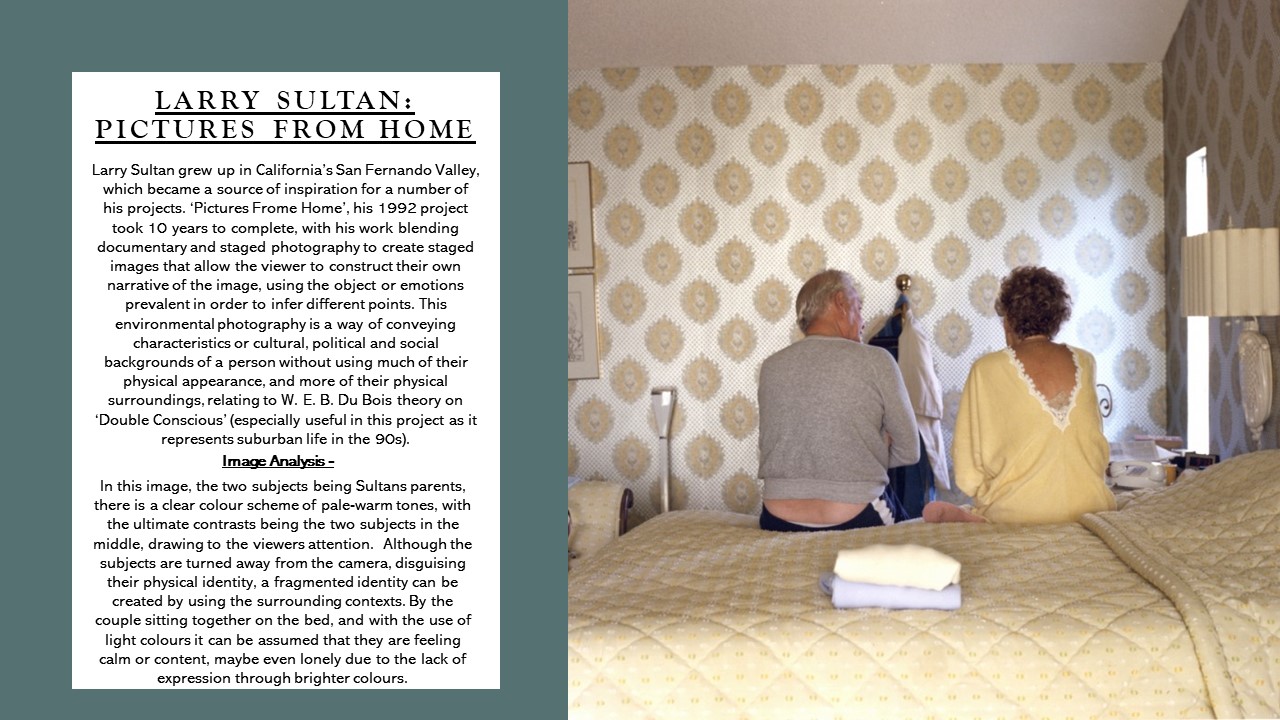

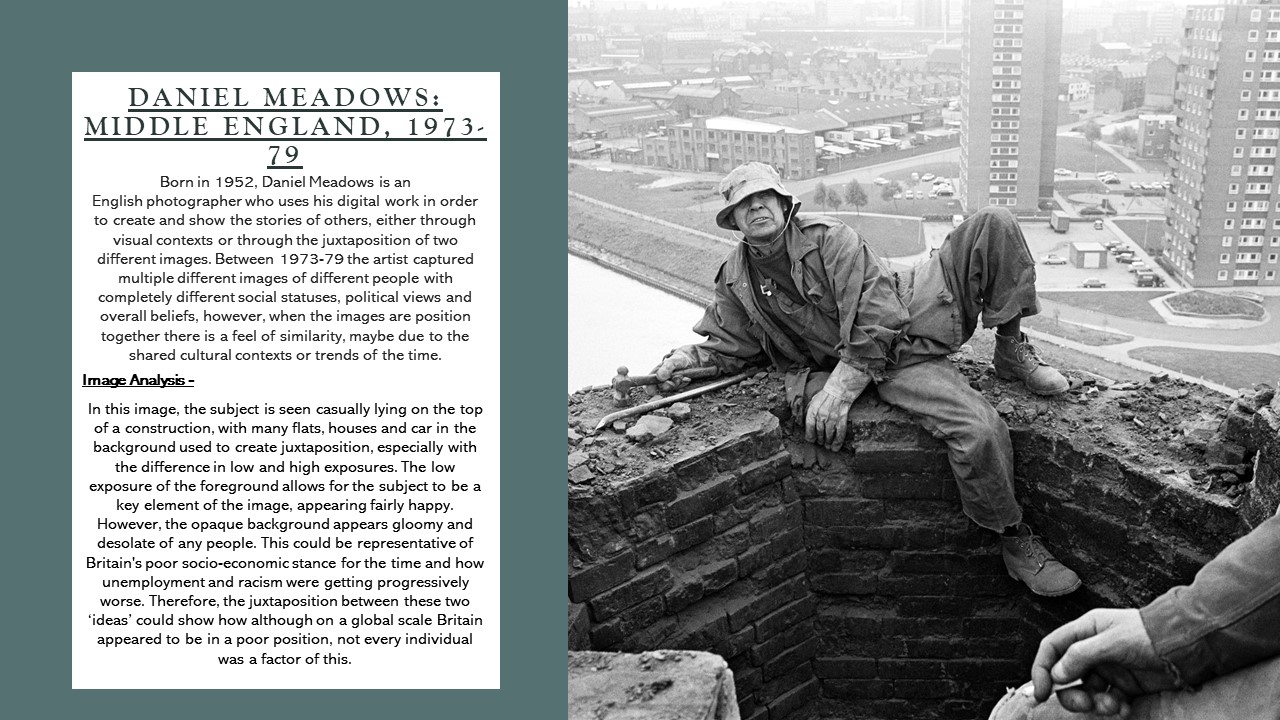
Skills –
Skills I developed from these projects –
- Using tripods to have more stable shots
- lighting, where and how to use it to emphasize or diffuse certain aspects of an image
- Different camera settings such as changing shutter speed, ISO, White balance
- How different framing or use of lenses can change the meaning of a shot entirely
- How more abstract imagery can be used to create meanings and representations
2. Include examples of current experiments to illustrate your thinking.
Plan/ Current ideas and influences –
For my personal study my main influence is going to be ideas on and surrounding mental health, specifically anxiety and depression. One specific artist I have found is ‘Daniel Regan‘ who used his photography in order to represent and document his own mental health.
3. Produce a new mind-map and mood-board based around how you interpret the theme of ‘Love & Rebellion’ now using new inspirations etc.
Ideas on ‘Love & Rebellion’ then –
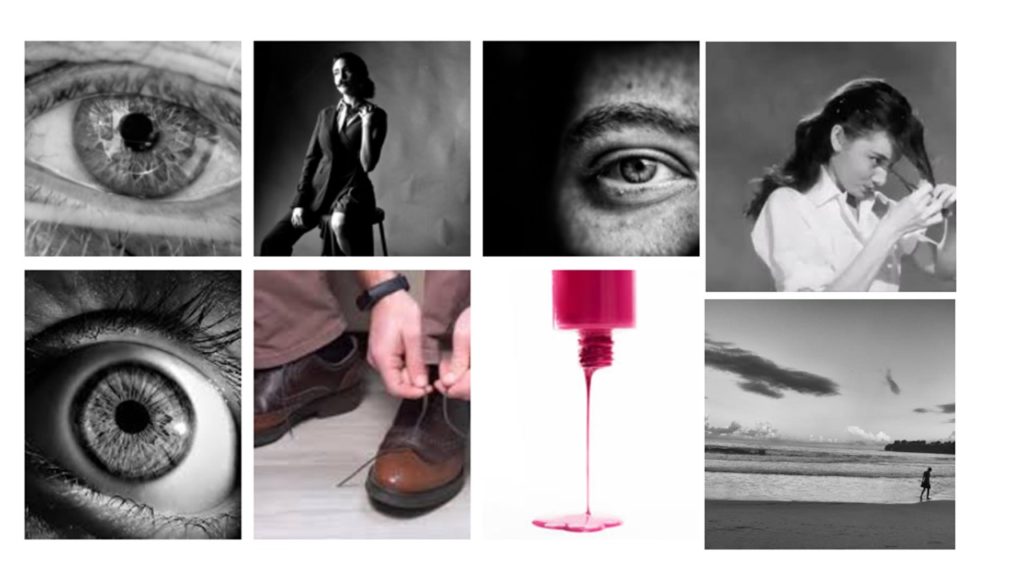
Ideas on ‘Love & Rebellion’ now –
4. Write a specification that clearly contextualizes how you wish to develop your project further, including theme(s), subject-matter, artists and final outcome you aim to make; photo-book or film.
Initial Ideas –
- Mental Health
Statement Of Intent –
Write a statement of intent that clearly contexualises how you wish to develop your project further, including theme(s), subject-matter, artists and final outcome you aim to make; photobook or film.
The main aim of my personal investigation is to explore and represent different mental health issues that many people who struggle from them find hard to articulate or represent visually. Although I am to research and explore multiple mental health issues, I will mainly focus on anxiety and depression as these are two that have impacted me and many people I know. In order to express these ideas and representations, I am going to use a mix of documentary landscape photography as well as conceptual portraiture photography as I feel that these two different styles will complement and also juxtapose one another, creating a form of distortion and confusion to the narrative of my book, simulating a similar effect to that of these two mental health disorders. As well as this, I am also going to research some different literacy texts such as different poems to include as little monologues to go along side some images throughout the book, prompting and also describing the narrative.
Another theme that I wish to explore in this project is the juxtaposition between moods that these mental health issues can create. As some days may be exactly the same and some days may be durastically different, it is almost impossible to interpret how each one will effect the individual. – Some days are good and some days are bad. I believe that this is an important factor to represent as it shows how significant these small, yet happy moments or days are to a person who is struggling.
In terms of more technical plans, I am going to use my Canon camera for the majority of photoshoots as well as a tripod as this will allow for clear and concise images to be taken, though in order to incorporate multiple perspectives I will use different lenses and angles. My shoots will be taken in many different locations, with more subject-specific ones being centred in a studio like setting in order to enhance shadows, lighting and expression. In terms of medium, my final product will take the form of a photo-book as I feel this will allow viewers to have a more personal relation to/with the images and ideas, though I think that I might make a short-film of some of the key stills or extra images I take.
5. Plan your first photo-shoot as a response to initial ideas. Must be published on the blog by Wed 2 Dec.
Photo-Shoot 1 –

